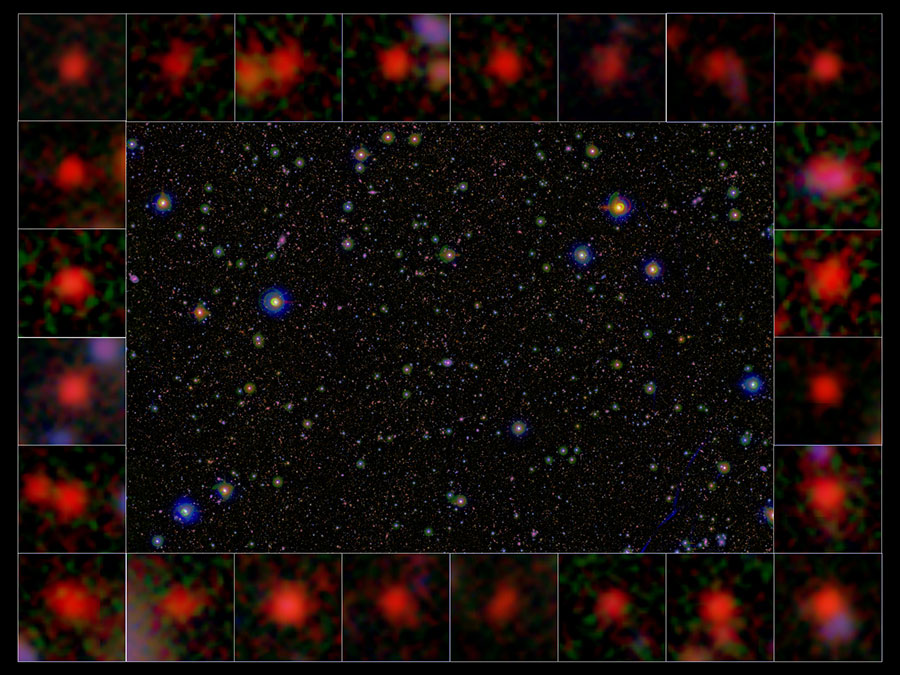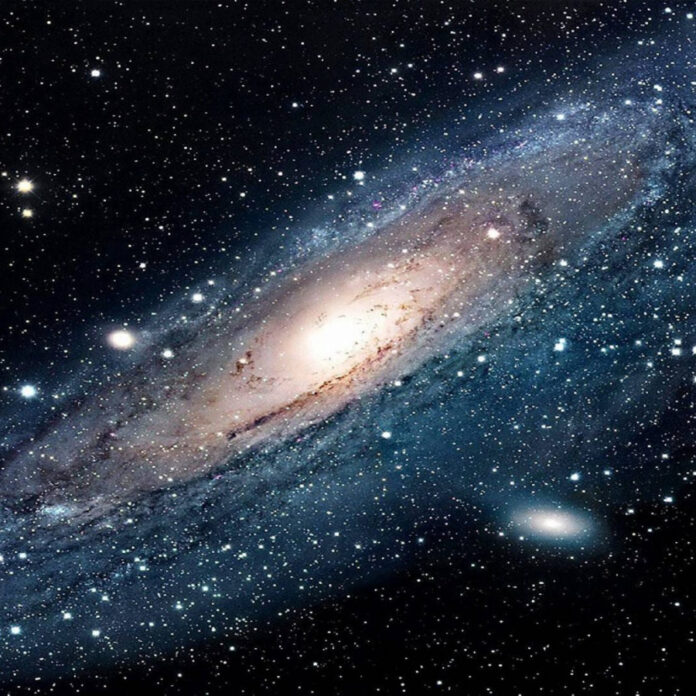An international team of astronomers used a database combining observations from the best telescopes in the world, including the Subaru Telescope, to detect the signal from the active supermassive black holes of dying galaxies in the early Universe. The appearance of these active supermassive black holes correlates with changes in the host galaxy, suggesting that a supermassive black hole could have far-reaching effects on the evolution of its host galaxy.
In galaxies, like Milky Way Galaxy, there are stars of different ages in our galaxy and many other galaxies. But we have found that there are some galaxies where all stars are the same age and are known as elliptical galaxies. This difference is not understood, but one possible theory is that a supermassive blackhole disturbs the interstellar gas in these galaxies which in turn affects the star formation.

To prove this theory, a team of scientists led by Kei Ito at SOKENDAI in Japan used data from the Cosmic Evolution Survey (COSMOS) to sample galaxies that are 9.5-12.5 billion light-years away. COSMOS has data observed by the world’s leading telescopes, including the Atacama Large Millimeter/submillimeter Array (ALMA) and the Subaru Telescope. COSMOS also has data based on radio waves, infrared light, visible light, and x-ray.
The team identified two groups of galaxies using optical and infrared, those with ongoing star formation and those where star formation has stopped. The team found that the x-ray and radio wave data signal-to-noise ratio was too weak to identify individual galaxies, so they combined the data for different galaxies to produce a higher signal-to-noise ratio images of “average” galaxies.
In the averaged images, they confirmed both x-ray and radio emissions for the galaxies without star formation. This type of emission from distant galaxies more than 10 billion light-years away was detected for the first time.
Furthermore, the results show that the x-ray and radio emissions are too strong to be explained by the stars in the galaxy alone, indicating the presence of an active supermassive black hole. This black hole activity signal is weaker for galaxies where star formation is ongoing.
The results show that an abrupt end in star formation in the early Universe correlates with increased supermassive black hole activity.
Source: National Astronomical Observatory of Japan



